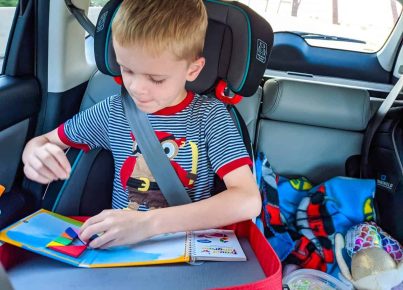Introduction
Musical creativity has long been recognized as an essential aspect of a child’s development. From boosting cognitive growth to fostering emotional well-being, engaging in musical activities from an early age can yield numerous cognitive, social, emotional, and motor benefits. This article will discuss the importance of nurturing musical creativity in the early years and outline practical strategies for parents and educators to maximize its developmental impact.
Why Encourage Musical Creativity in the Early Years?
1. Cognitive Development: Music stimulates and strengthens multiple areas of the brain, particularly those associated with language, memory, and spatial-temporal skills. Engaging in musical activities can enhance children’s learning abilities and academic performance.
2. Social Skills: Playing music involves collaboration and group work, which helps children develop essential social skills such as communication, cooperation, and empathy.
3. Emotional Expression: Music allows children to express their emotions in a healthy way, promoting greater self-awareness and emotional resilience.
4. Fine Motor Skills: Playing a musical instrument requires physical coordination and dexterity, enhancing fine motor skills that are crucial for tasks such as writing and drawing.
Strategies for Encouraging Musical Creativity
1. Create a Musical Environment: Immerse children in a setting filled with various instruments, music styles, rhythms, melodies, or even just background music to encourage exploration and experimentation.
2. Sing Together: Singing with young children promotes bonding while teaching them pitch awareness and rhythm.
3. Encourage Improvisation: Provide opportunities for children to experiment freely with instruments or vocal sounds without worrying about playing “correct” notes or following specific rules allowing them to discover their own creative potential.
4. Attend Live Music Performances: Expose young children to live music events that showcase a variety of genres to foster appreciation for diverse musical styles.
5. Introduce Music Theory Concepts: Teach basic concepts like rhythm, melody, and harmony in an engaging and age-appropriate way to lay the groundwork for future musical understanding and creativity.
6. Use Music as a Teaching Tool: Integrate music into other areas of learning, such as using songs to teach counting, alphabet letters, or new vocabulary to make learning more enjoyable and memorable.
7. Offer Praise and Encouragement: Celebrate children’s musical efforts and achievements to increase their confidence and motivation to continue exploring music.
8. Choose Age-Appropriate Instruments: Select musical instruments tailored to young hands and skill levels to facilitate learning, enjoyment, and success.
Conclusion
Encouraging musical creativity in the early years has lifelong benefits that reach far beyond a love for music. By fostering a child’s natural curiosity and passion for music through diverse experiences and supportive strategies, we can nurture well-rounded individuals prepared for academic success, emotional resilience, and social growth.





